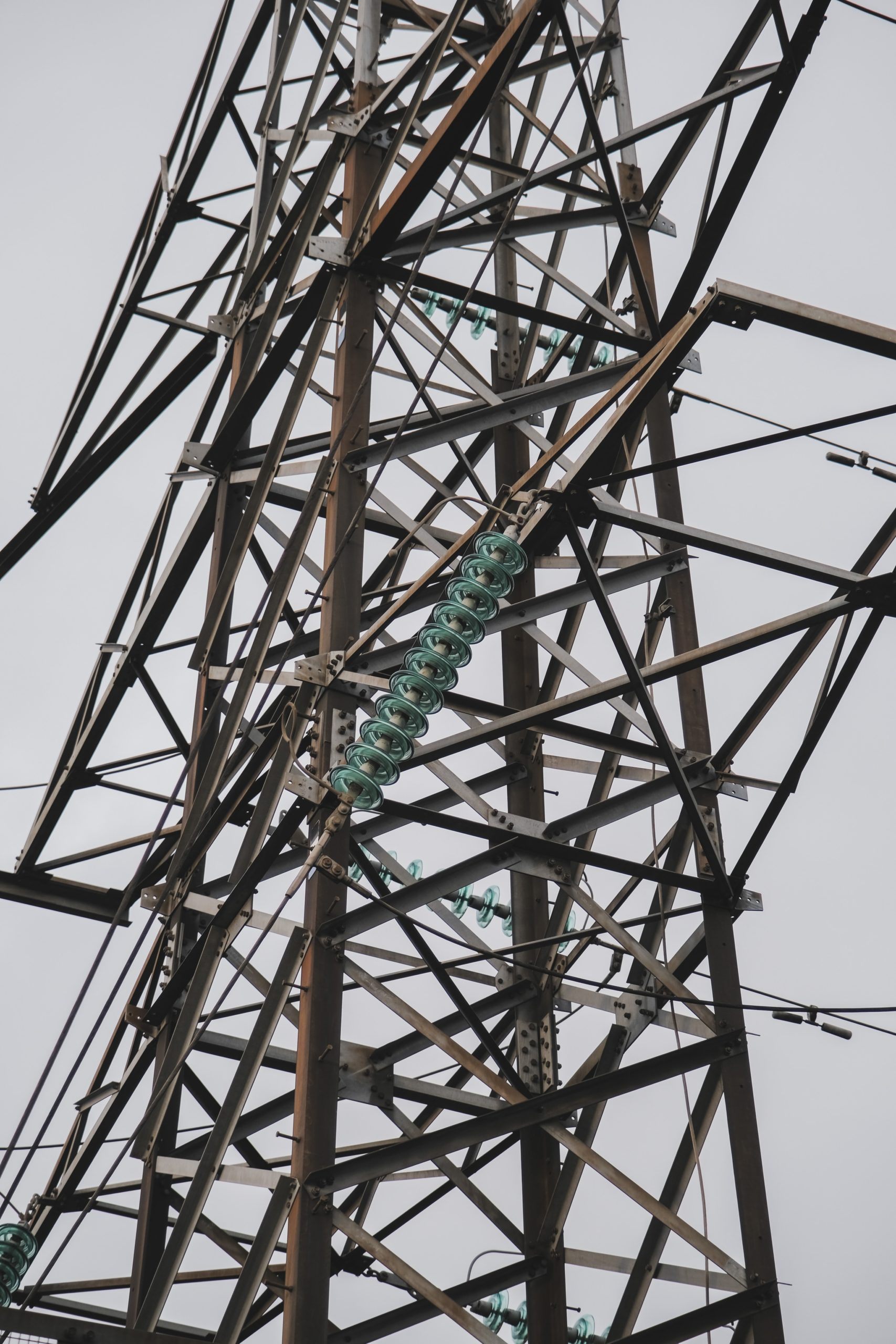Insights
Communicating in a Crisis: How Two Texas Organizations Responded to the Deep Freeze.

Texas was rocked by a winter storm last month that caused widespread power outages across the state, causing millions of Texans to endure freezing temperatures, burst pipes, and food shortages.
Now that power has returned to the state and Texans are no longer in imminent danger, let’s do some post-crisis analysis of how two high-profile organizations in Texas—The Dallas Mavericks (Mavs) and the North Texas Food Bank (NTFB)—responded to the recent deep freeze and compare it to their responses to the COVID-19 pandemic.
Dallas Mavericks
The Mavs’ owned communications around the Texas deep freeze focused on the organization's charitable contributions and how the Mavs were supporting their community. In the days following the winter blast, the Mavs announced they would donate over $1.25 million in emergency grants to a variety of organizations providing relief to the community. On social media, the Mavs shared a list of resources and ways for others to help. However, they did not deviate much from their normal social content—at the height of the crisis, they shared that Luka Dončić was an NBA All Star and only posted a handful of times about the freeze.
Rewind a year. At the onset of the pandemic, the Mavs were much more active on social media, other owned channels, and in the news. The team embarked on several initiatives to bring relief to the Dallas area, including donations to healthcare workers, a program for furloughed Mavs staff, and support for local businesses. These initiatives were highly publicized across social media and earned high-profile media coverage in publications such as the Dallas Morning News and Forbes. In addition to promoting their own initiatives, the Mavs were also very active in sharing public health guidance and advice to their millions of followers.
At the beginning of the pandemic, the Mavs were far more active communicators than during the recent winter storms, both in promoting their activities and in amplifying public health guidance. The reasons for this shift can likely be attributed to the pandemic being an unprecedented event, and nearly every organization aired on the side of over-communicating.
North Texas Food Bank
In the wake of the winter storms, the North Texas Food Bank (NFTB) used their owned communications channels—a blog and social media properties—to communicate with those who needed food assistance. On its blog, NTFB shared resources for winter storm relief, including how Texans could access its services. On social media, NFTB regularly updated its followers on where they could go to access its services and made use of local news outlets, appearing in stories about how to find relief from the storms and associated power outages. Earned media was also used to spotlight high-profile donations to NFTB, like one from NFL star Kyler Murray, in hopes of this coverage leading to further contributions.
When COVID-19 hit, those who were food insecure became more vulnerable, and, with the economic downturn, many Texans became food insecure for the first time in their lives. Similar to the recent winter storms, NTFB used its owned channels to communicate how Texans could access much needed resources. However, this time around, social media communications were more focused on driving donations, and NTFB did not share regular updates on locations and timing of food pickups. This is a tactic that appears to have been adopted more recently. On its blog, NTFB highlighted the work they were doing to help Texans, but were less focused on communicating how to access their services. In the earned media arena, NTFB partnered with local ABC affiliate WFAA to host a town hall to answer questions from the community.
The Mavs and NTFB used their communications platforms in very different ways across these two crises. And this makes sense. They are very different organizations that serve different purposes in their communities. The Mavs have a general population audience of basketball fans, and, in crises like these, their role is to step back and let organizations like NTFB do its work to support the community. NTFB, on the other hand, needs to reach the people that need support, and its communications reflect that.
What Did We Learn?
The major takeaway here comes back to a key principle of effective communications: understanding your audience and your role. Whether in the midst of a natural disaster, global pandemic, or day-to-day activations, communicators need to consistently be cognizant of who they are messaging to, how they are reaching them, and why they are the target audience. Our case study here shows how two prominent organizations followed these principles in times of crisis and how their communications evolved over time.